Report this entry
More from the same community-collection
Jennifer Han & Olivia Gerula Title Fight - 2017
Han scored a sparkling unanimous decision victory Friday night ...
Jennifer Han & Olivia Gerula Title Fight - 2017
Han scored a sparkling unanimous decision victory Friday night ...
Jennifer Han & Olivia Gerula Title Fight - 2017
Han scored a sparkling unanimous decision victory Friday night ...
Jennifer Han & Olivia Gerula Title Fight - 2017
Han scored a sparkling unanimous decision victory Friday night ...
Jennifer Han & Olivia Gerula Title Fight - 2017 - Video
EL PASO, Texas - Jennifer Han defender her IBF world ...
Jennifer Han & Olivia Gerula Title Fight - 2017
Jennifer Han is still the World Champion - after her title fight ...
Jennifer Han & Olivia Gerula Title Fight - 2017
Before Jennifer Han and Olivia Gerula's Title Fight - Mariachi ...
Louie Burke - Jennifer Han Title Fight - 2017
Louie Burke who is Jennifer Han's trainer - after Jennifer's ...
Louie Burke - Jennifer Han Title Fight - 2017
Louie Burke who is Jennifer Han's trainer - after Jennifer's ...
Louie Burke & Jennifer Han - 2017
Louie Burke and Jennifer Han after her title fight with Olivia ...
Jennifer Han & Olivia Gerula Title Fight - 2017
Jennifer Han and Olivia Gerula during their title fight at the ...
Jennifer Han & Olivia Gerula Title Fight - 2017
Jennifer Han & Olivia Gerula Title Fight - El Paso, Texas
20th Annual El Paso History Day 2017
Francisco Dominguez & Josep Ferret from Wiggs Middle School. ...
Father O'Neill - Centennial Dinner - 2017
St. Patrick's Day Centennial Dinner - 2017 Father O'Neill at ...
Jane Thomson, Wally Thomson & priest at St. Pat's Dinner - 2017
Father Goets?, Jane Thomson, Wally Thomson at Saint Patrick's ...
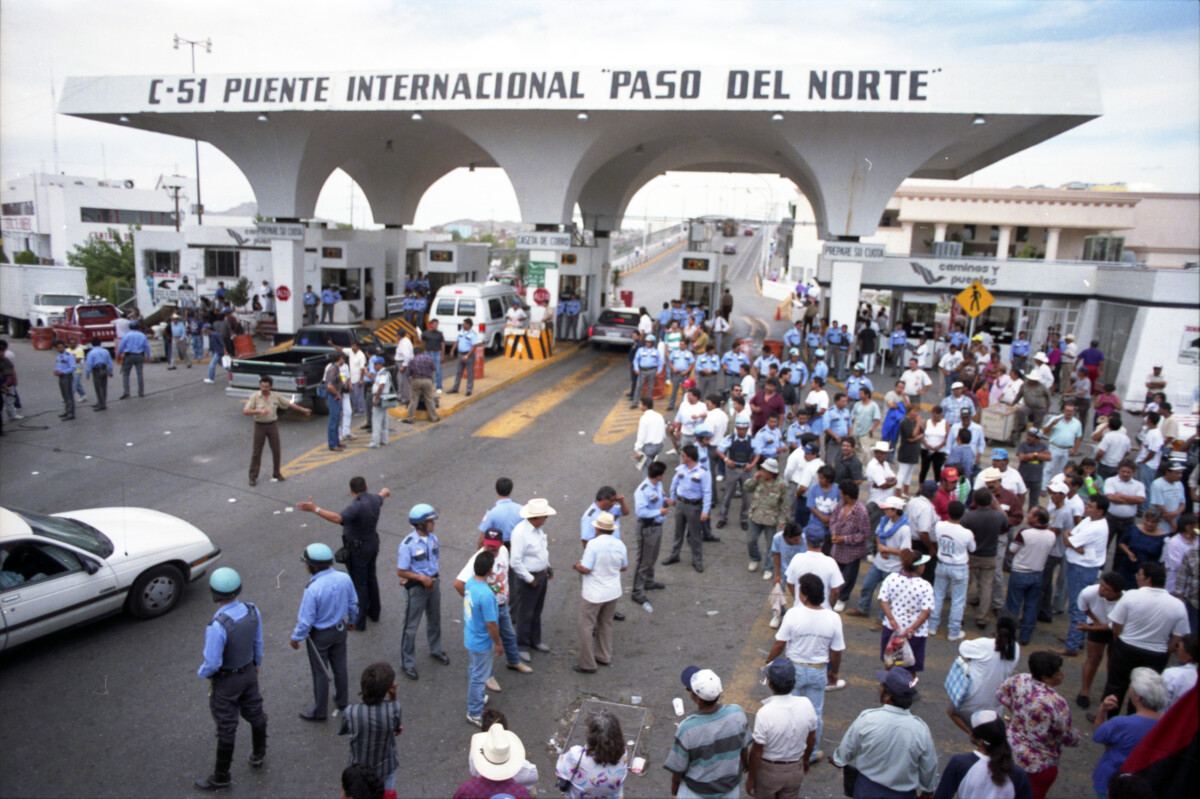
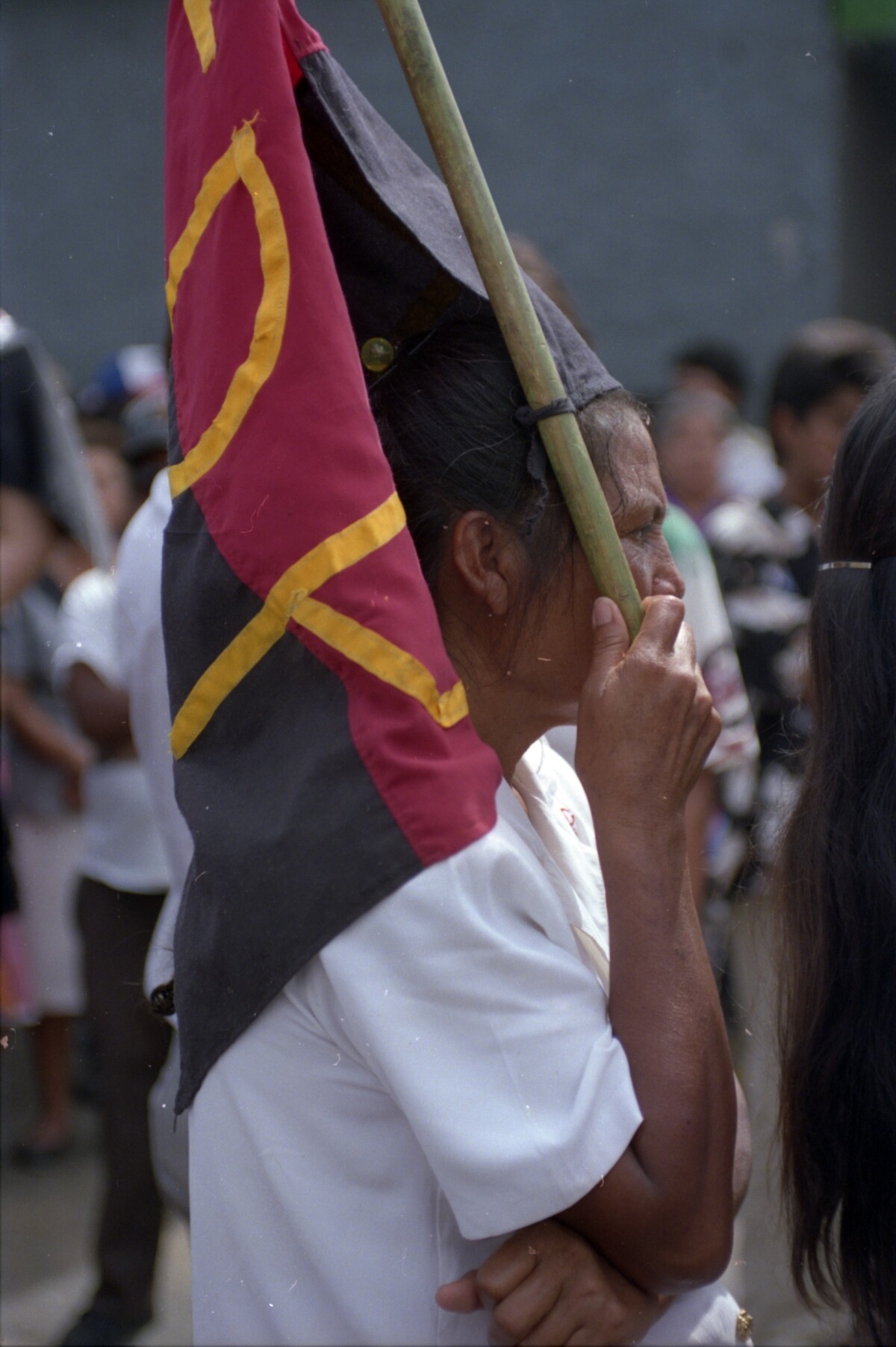

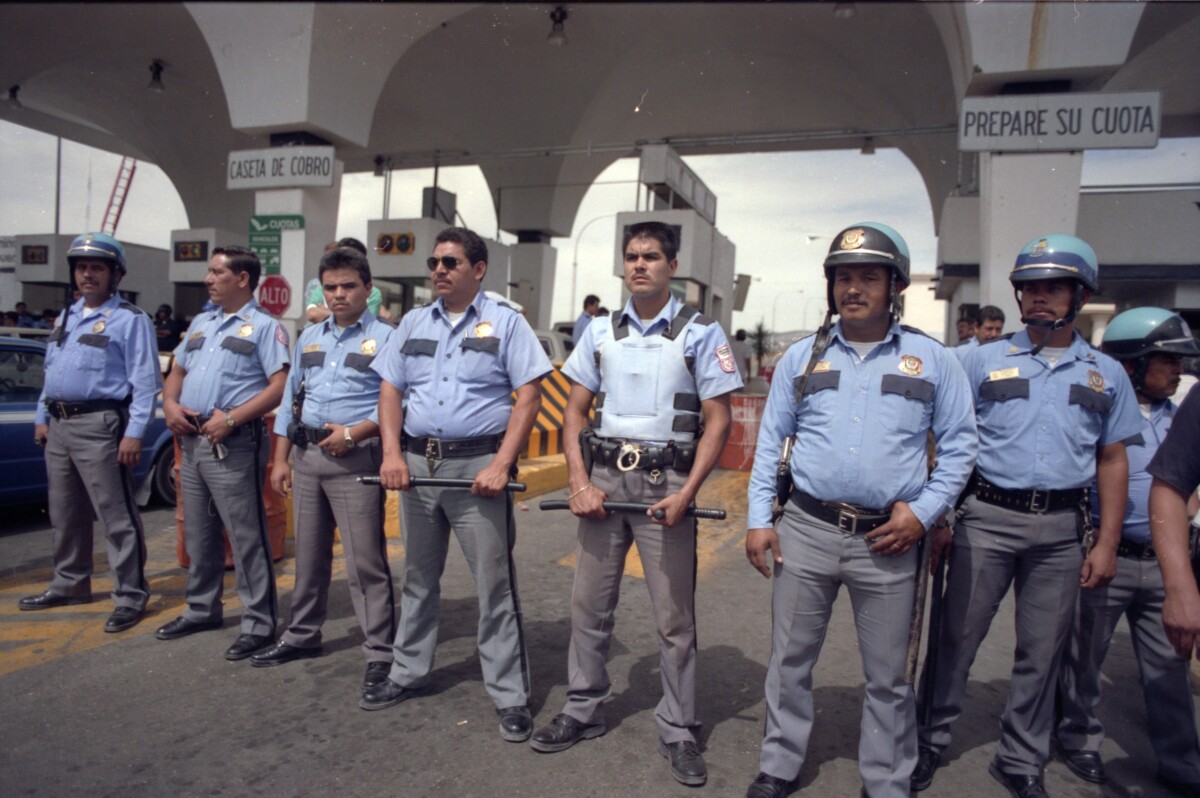
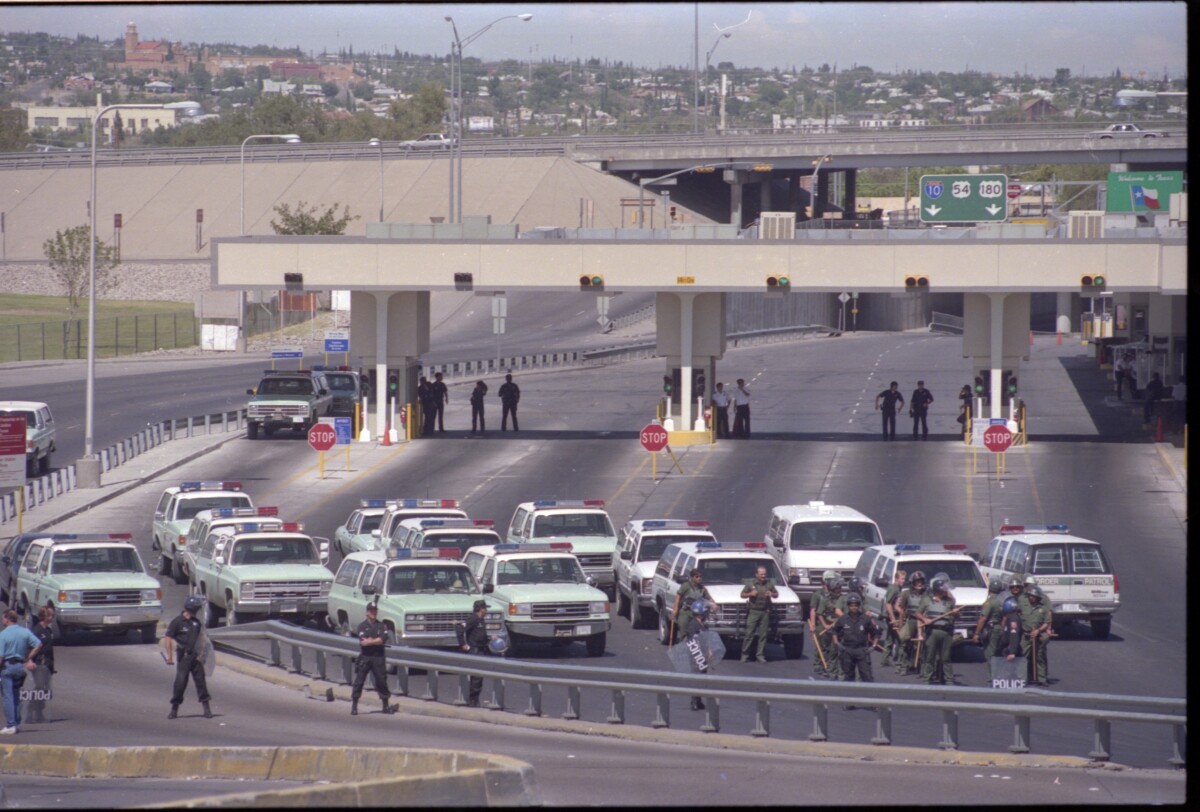

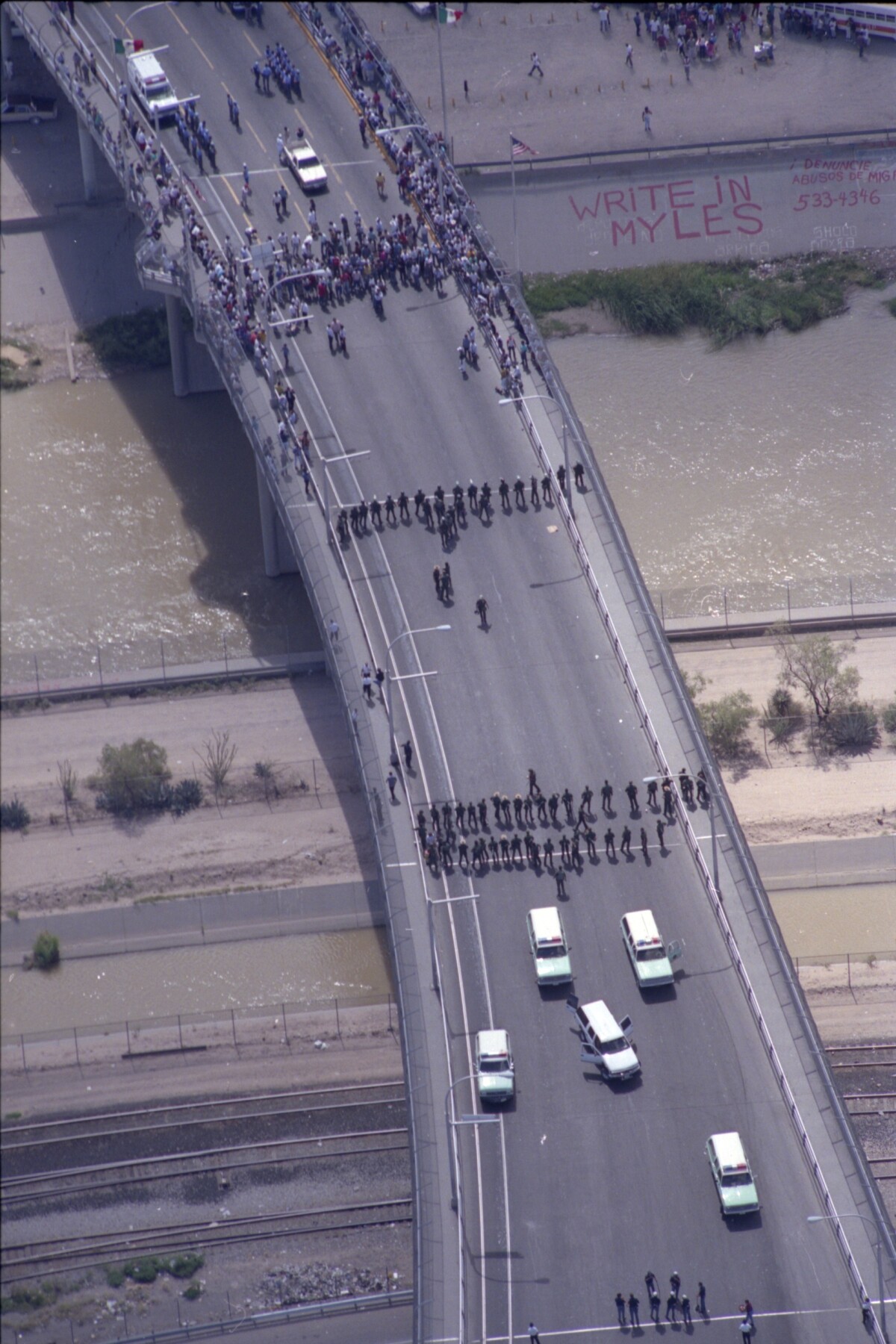

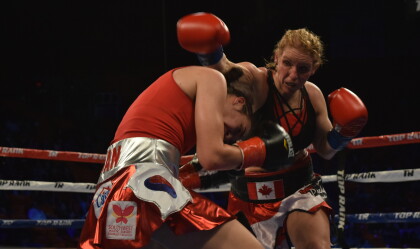


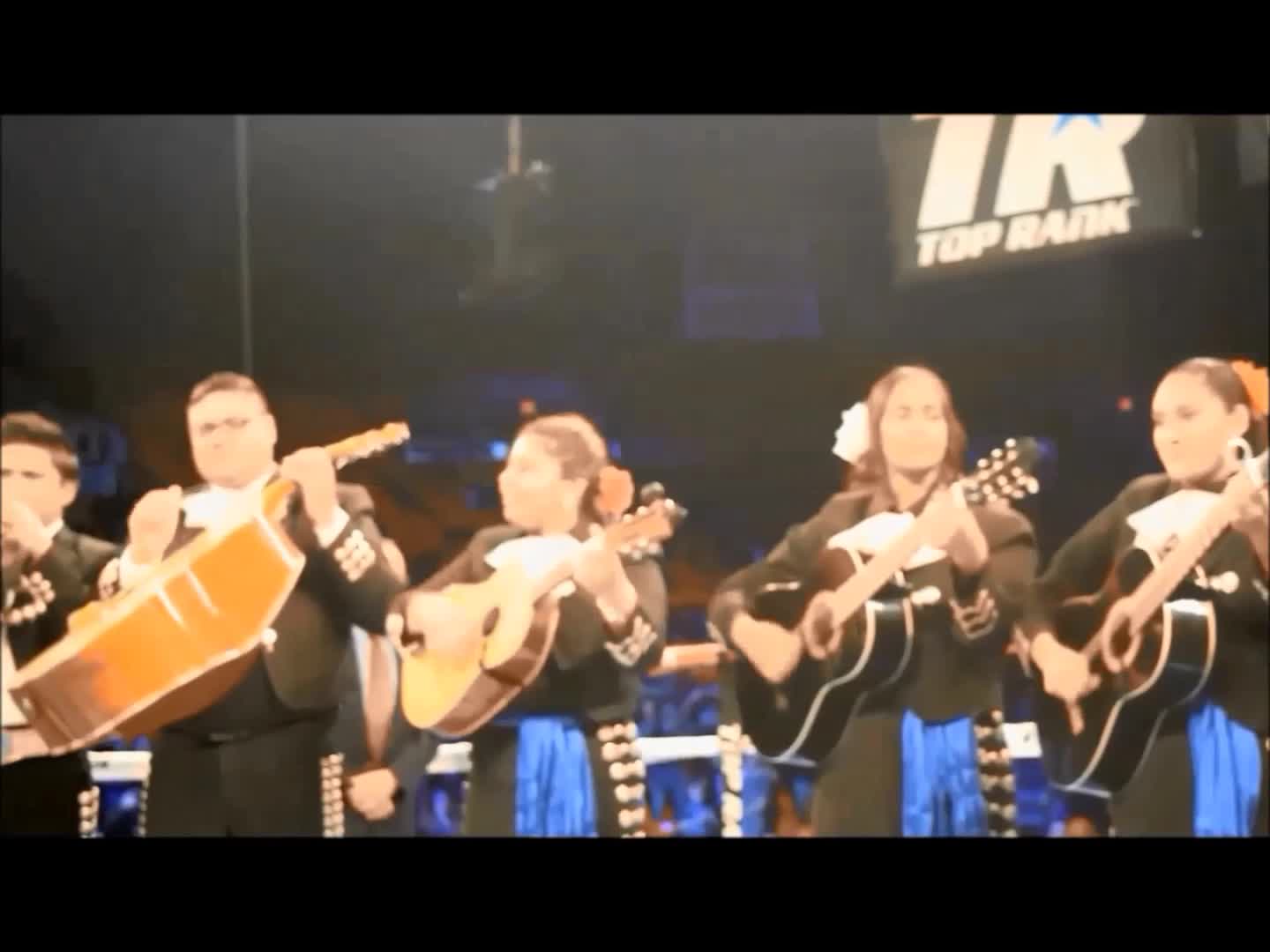

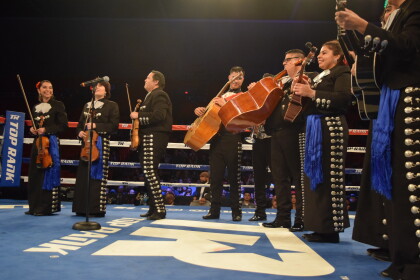




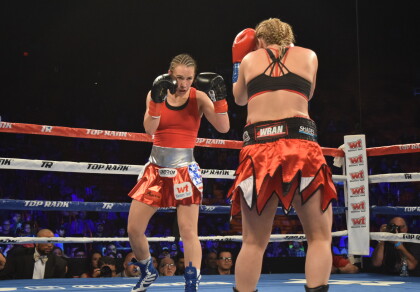



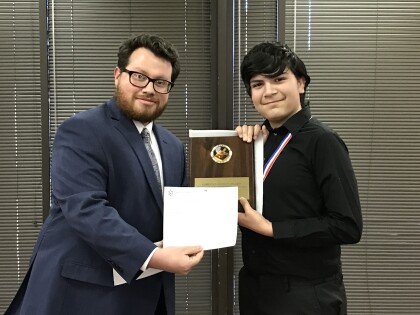


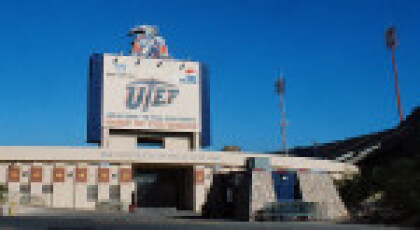
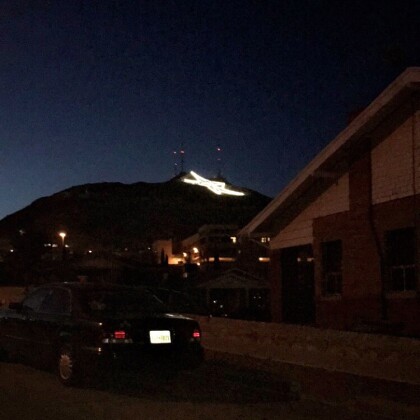



Comments
Add a comment